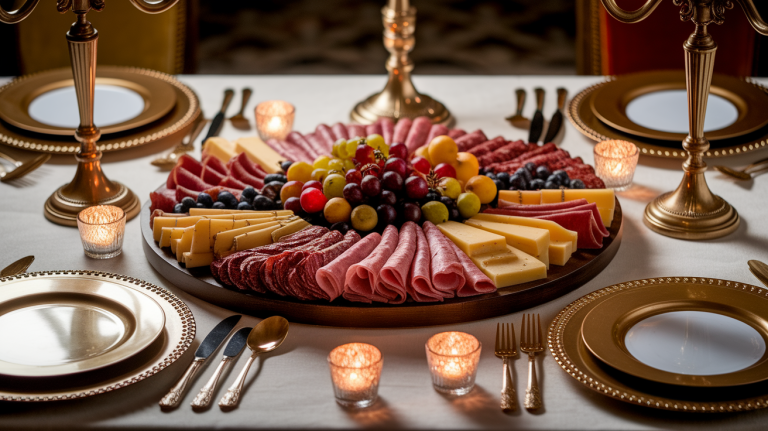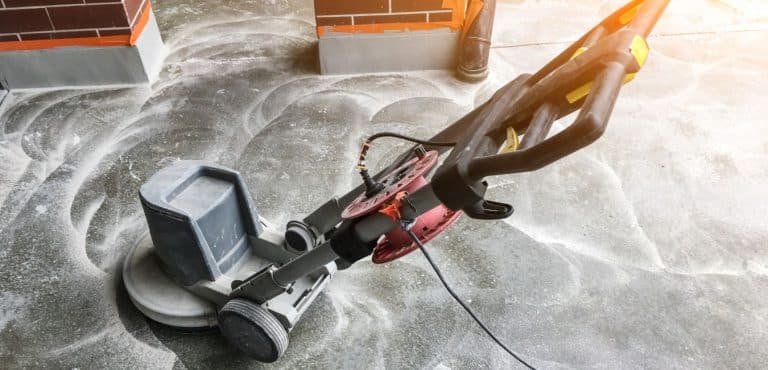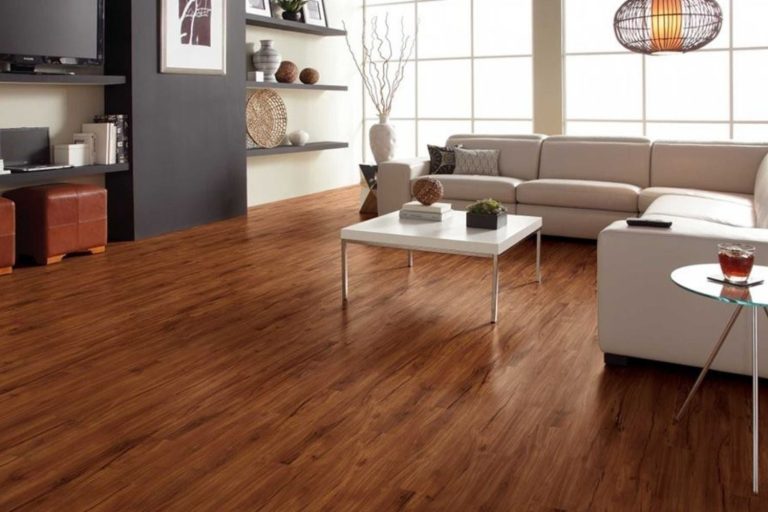A Comprehensive Guide for White Wood Stains
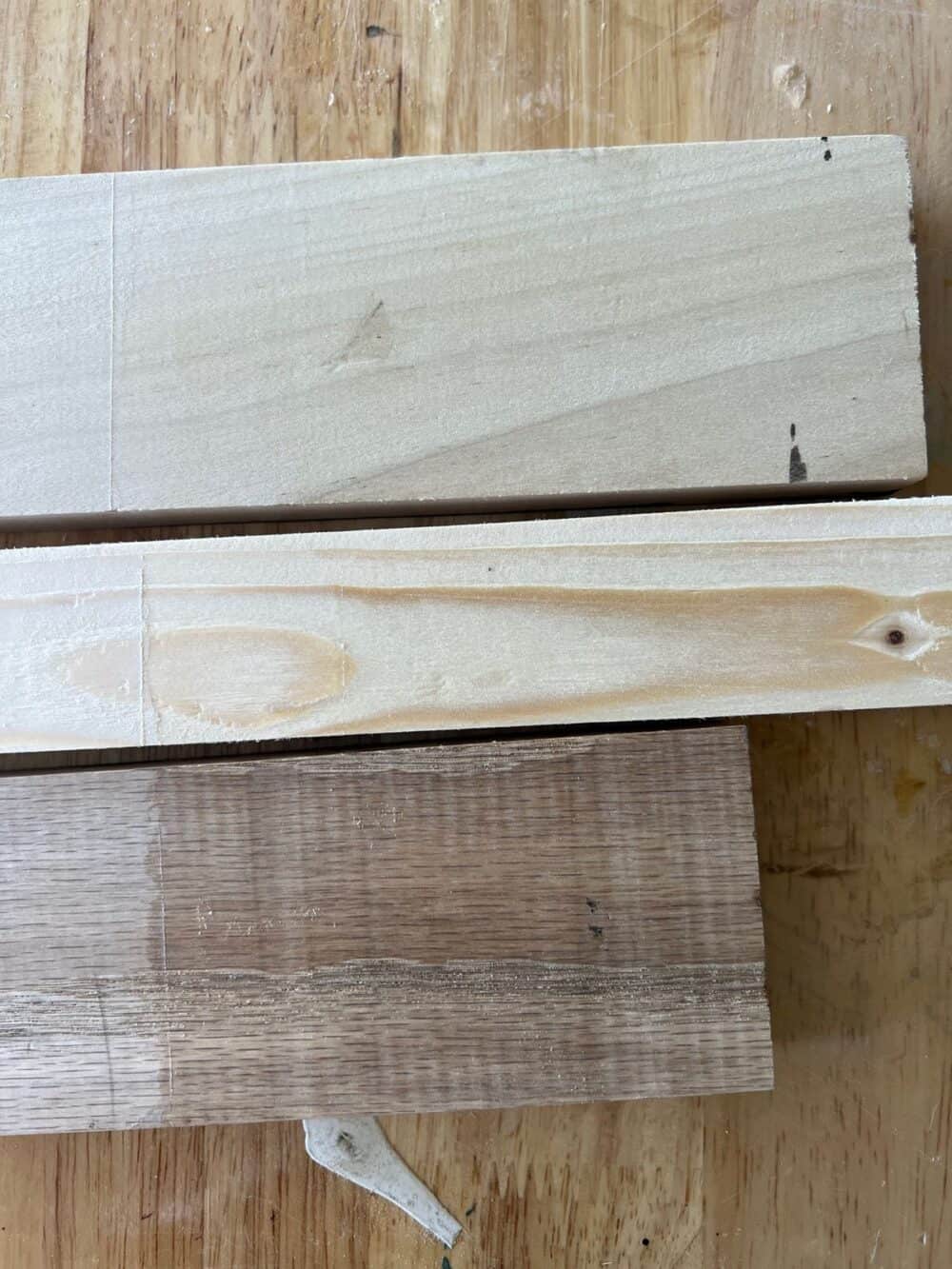
If you want to make your wooden surfaces look fresh and stylish, you’re in the right spot. This ultimate guide will take you through everything you need to know about white wood stains simply and easily.
Think of white stains as magic potions for your furniture and interiors. They’re made to bring out the wood’s natural beauty and add a touch of white attraction.
Whether you’re fixing up an old furniture piece or working on a new do-it-yourself project, whitewood stains can turn plain wood into something really special. In this guide, we’ll cover it all.
We’ll start with the basics of what white stains are and how they do their thing. We’ll also check the different types of white stains out there so you can pick the perfect one for your project.
Are you excited to learn the secrets of making beautiful and classic wooden pieces using the magic of white wood stain? Let’s get started!
What is a White Wood Stain?
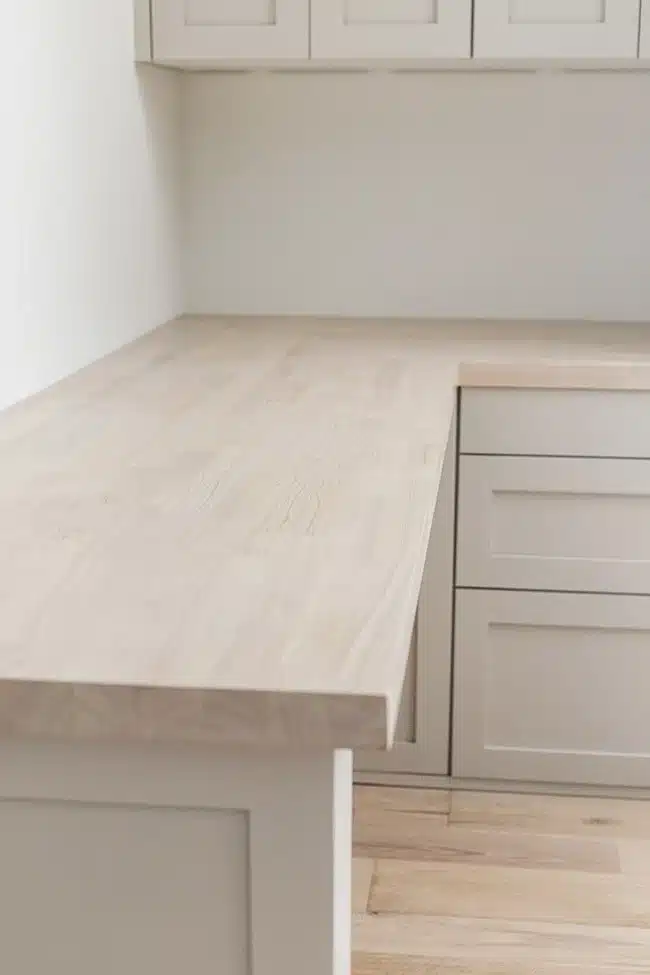
A white wood stain is a special finish for wood that changes its color while letting the natural grain remain visible. Unlike regular paint that hides the texture, this type of stain is more see-through. It makes the wood look partly transparent in white or whitewashed tones.
This brings out a light and open look for the wood while keeping its unique style. People often use wood stains to create a homely or beach-like style. They work well on other types of woods like pine, oak, or cedar.
Why Do We Need It?
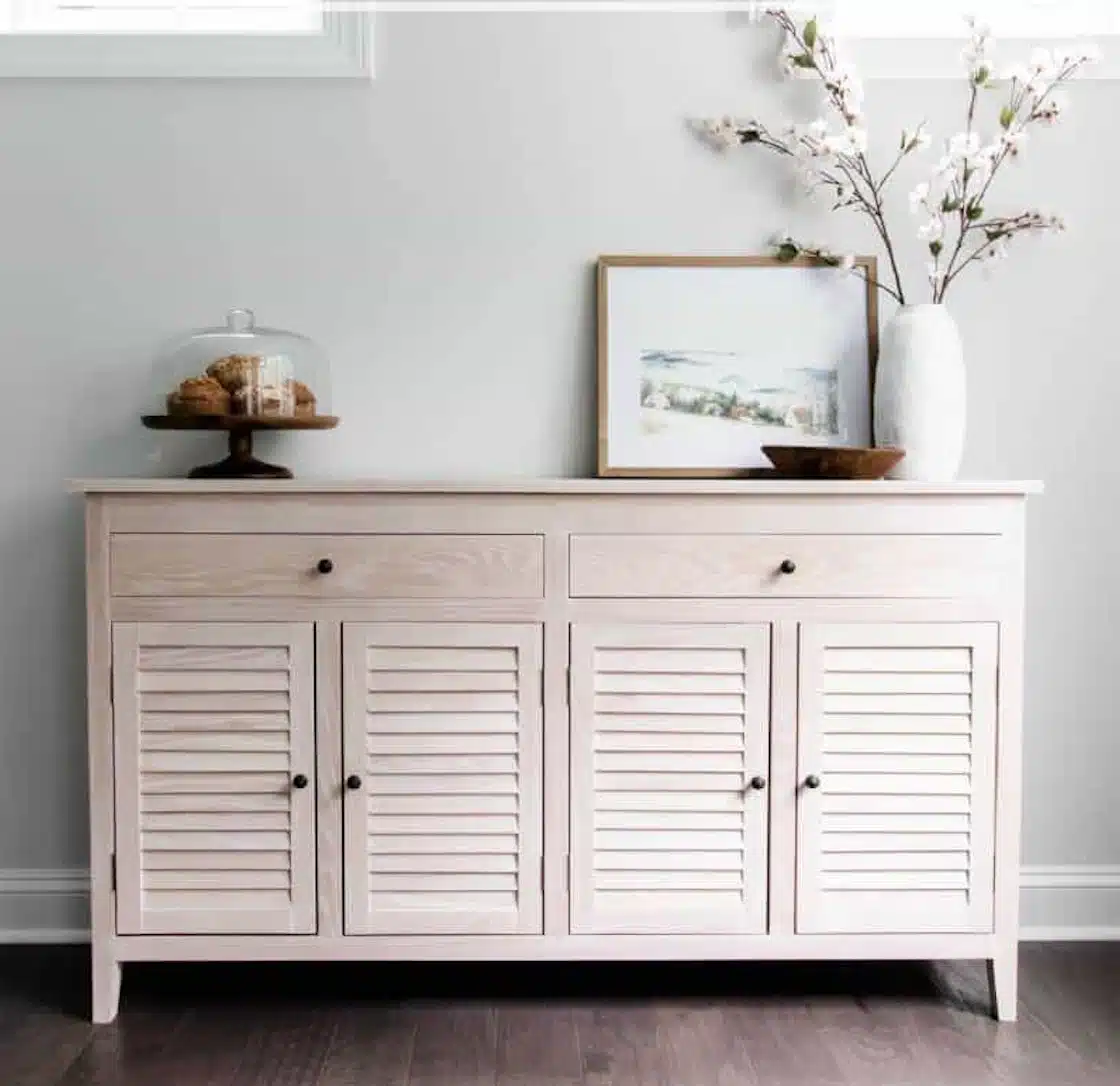
Whitewood stains do two important things: they make wood look better and keep it safe. Regarding looks, these stains can make dark or old wood seem lighter, which brightens up a room. They can also make things like furniture, tables, cabinets, and walls have a cool, vintage style.
For safety, these stains do a great job. They put a protective layer on the wood that prevents water from getting in and keeps the sun from hurting. And if you like the pure and organic look of wood, these stains are way better than regular paints. They let the wood’s texture show through, which is nice.
How to Stain Wood White
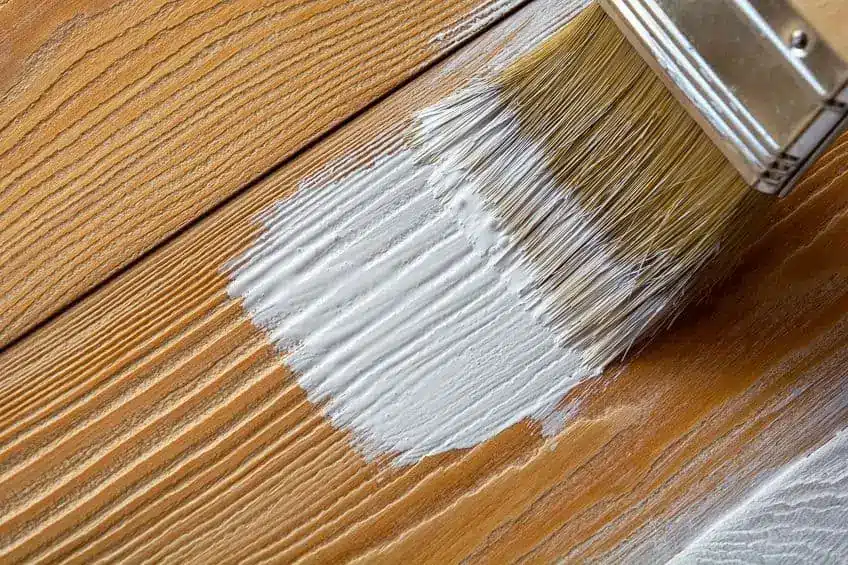
To make wood white, follow these steps. First, ensure the wood is clean and smooth and doesn’t have old finishes. You might need to sand it for smoothness.
Then, put a white stain on with a brush, cloth, or sponge, going in the same direction as the lines in the wood. If you want it lighter, wipe off the extra stain soon after. If you want it to be more solid, let the stain sit longer before wiping. Test the stain on a hidden spot first to see the final color. Finally, cover the stained wood with a clear finish or polyurethane to keep it safe.
Different Options for White Wood Stains
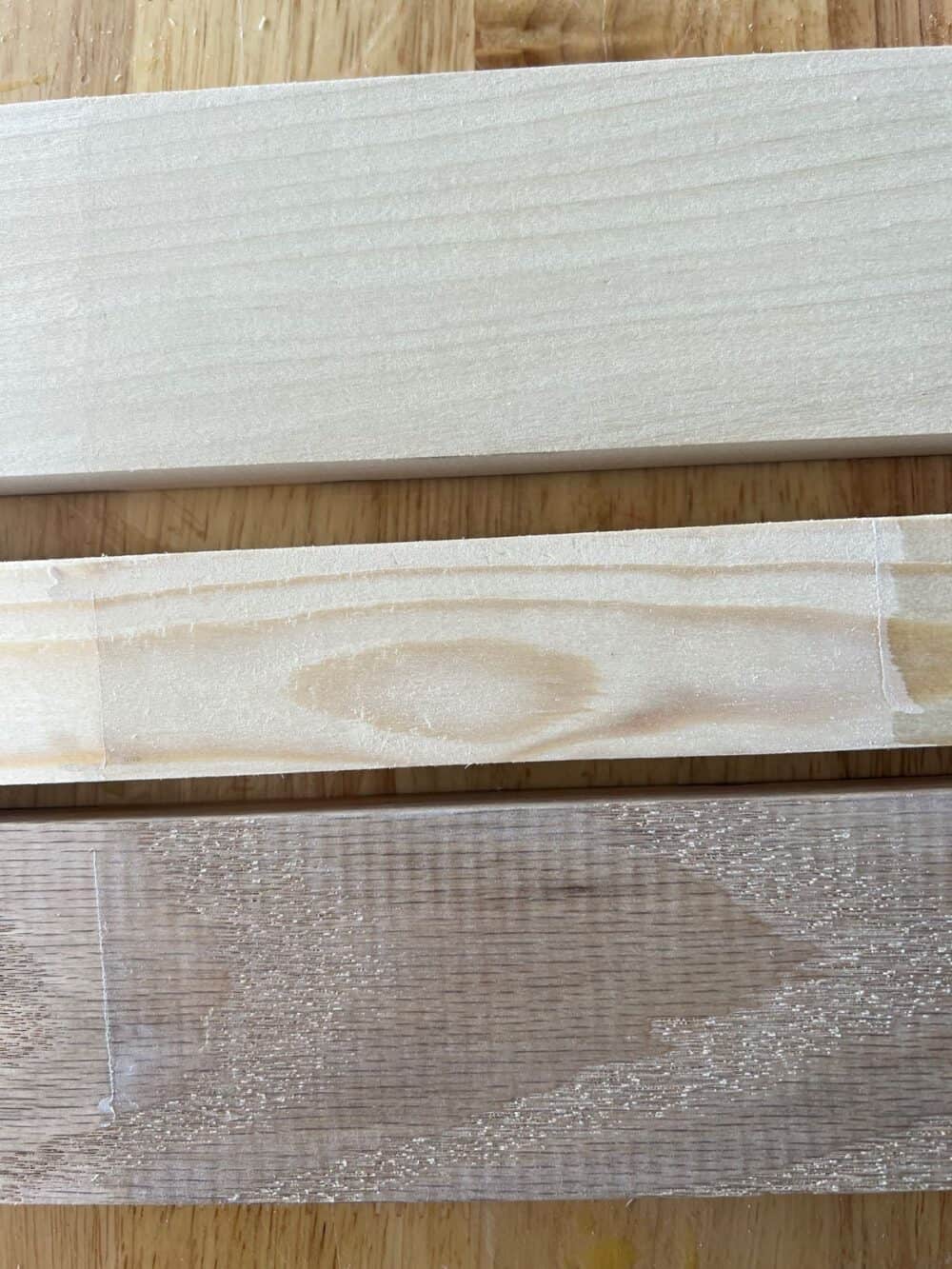
1. Varathane Whitewash Wood Stain
Varathane’s Whitewash Wood Stain is a great choice to give your wooden surfaces that classic weathered look. This stain adds a lovely white color that lets the fine wood texture show through. It’s perfect for hardwoods like pine and oak that are light in color.
Using it is easy; make sure the surface is clean and dry before you apply it. One coat gives a gentle whitewashed look, and you can make the color richer with more coats. Plus, it dries quickly, so you can finish your project without waiting too long.
2. Minwax Simply White Stain
For those who are looking for a clean and original white finish, Minwax’s Simply White Wood Stain is an ideal choice. It offers a more solid white appearance without making any deal, the natural beauty of the wood’s texture.
This stain is perfect for achieving a modern look. It’s important to note that this stain might require some sanding between coats to achieve the desired smoothness. The final result is a white surface that increases the wood’s special attraction.
3. Varathane Antique White Stain
Varathane’s Antique White Wood Stain adds classic, old-fashioned glamour to your wooden items. This stain is made to look like the old appearance commonly found in old furniture.
It gives a gentle white color with slight hints, making the wood’s unique pattern more interesting. It’s best to put on this stain in thin layers so the pure wood texture can show. The outcome is a beautiful antique appearance that goes well with many types of indoor styles.
Creating A Custom White Wood Stain
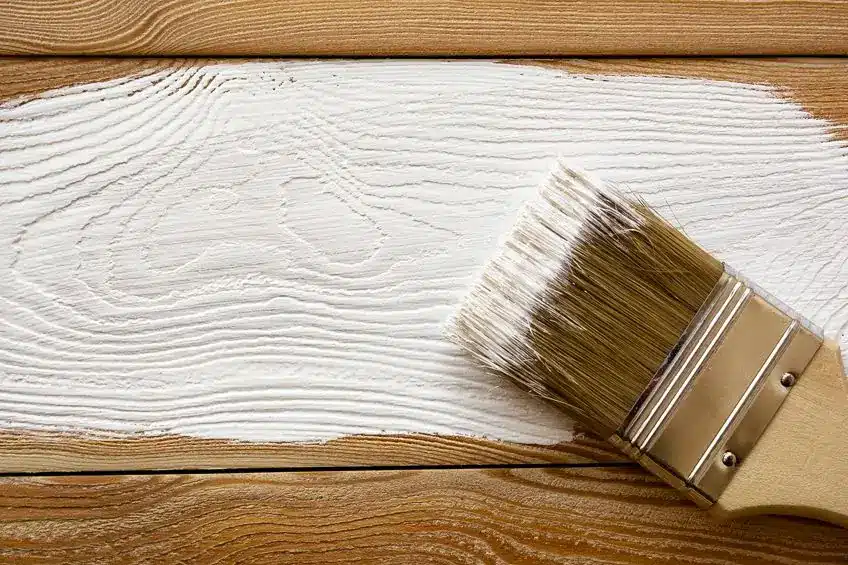
Creating your unique white stain is a fun way to add a personal touch to your woodworking projects. To do this, you’ll mix things like water-based color and clear coatings to get the color you want. Start by picking a clear white base stain.
Then, slowly mix in water-based white color, moving to control how strong the color becomes. Try out the mix on an additional piece of wood to make sure it looks the way you want.
Change the amounts of color you use until you get the color you like, remembering that the stain will look lighter on wood than it does in the container. Keep in mind that playing with different amounts of color lets you make the stain just the way you want it to look.
White Wood Stain VS. White Wash Paint
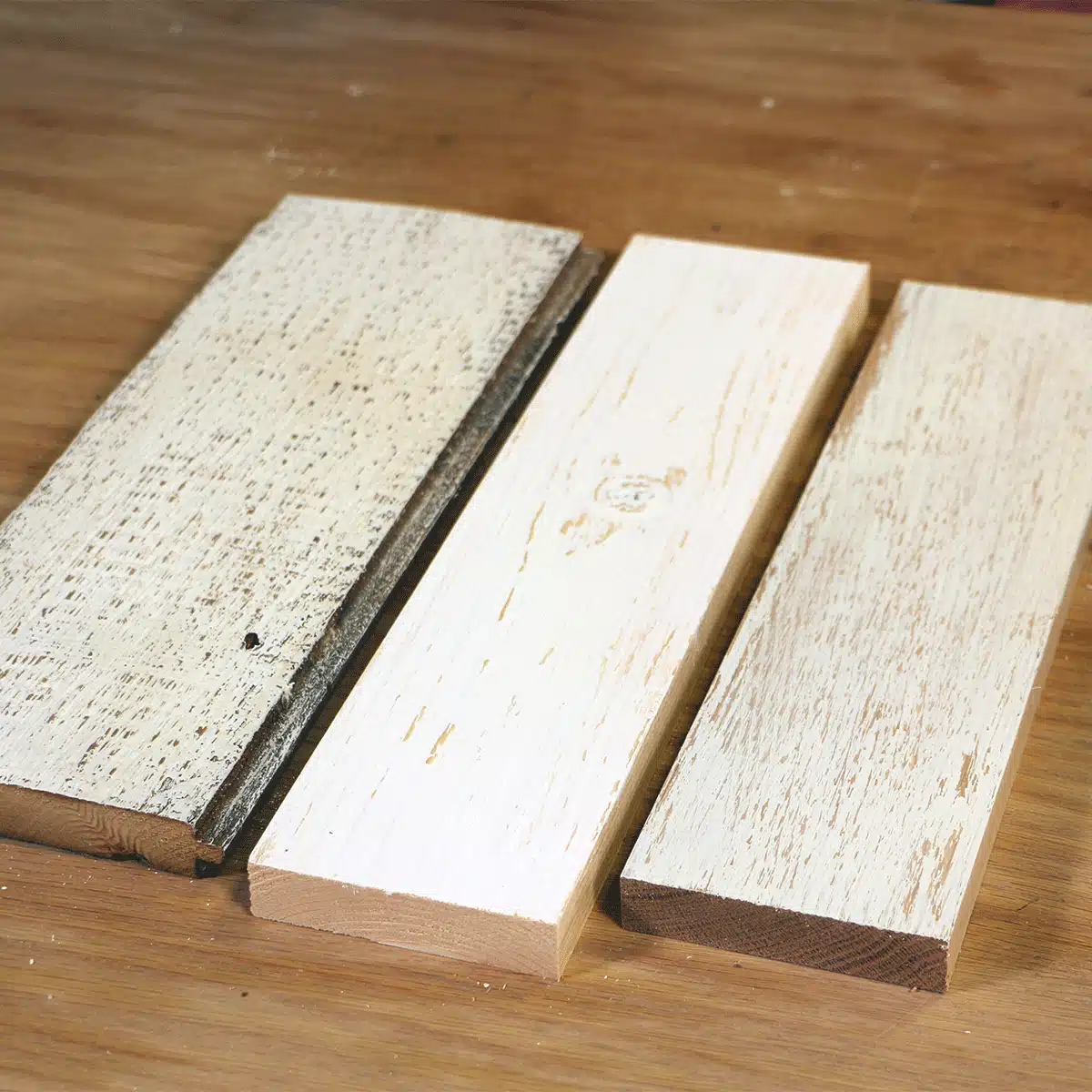
White wood finishes, like white stain and white wash paint, create many looks. White stain adds a soft color to the wood and lets you see its natural grain. This is good for keeping the wood’s original look. On the other hand, white wash paint covers the wood more and keeps some texture.
This works well if you want the wood to look old or peasant. The white stain makes the wood’s beauty stand out, while the whitewash paint gives a stronger, antique look. Pick the one that fits your project’s style and how much you want the wood’s grain to show.
How to Choose Between White Stain or White Wash Paint
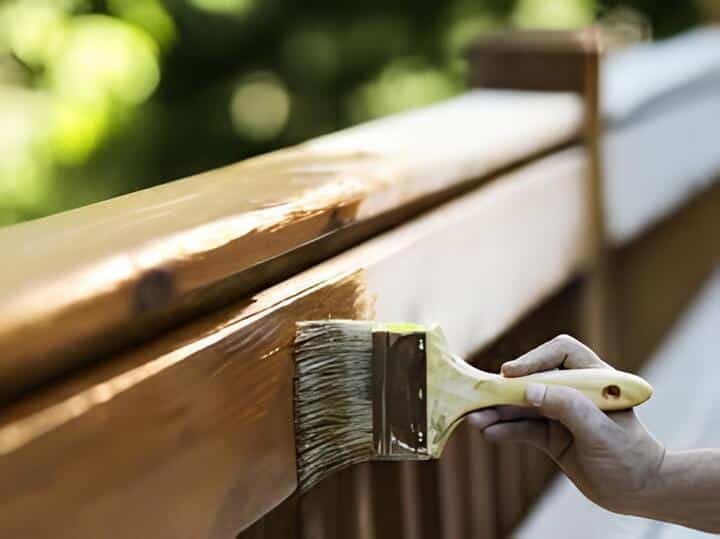
1. Aesthetics
When you’re choosing between white stain and white wash paint, think about how you want things to look. If you want the wood’s texture to stand out and look graceful, go for a white stain. But if you like the idea of furniture looking old and delightful, white wash paint can do that. It makes things look layered and adds a vintage feel.
2. Adhesion
Adhesion is super important for things to last a long time. When we put a white stain on wood, it goes deep into the fibers of the wood, keeping its color strong and feeling nice.
But if we use white wash paint, it just sits on top of the wood and might start to chip away as time goes on. If something gets used a lot, like furniture that many people use, using white stain could make it tougher and able to handle more wear and tear.
3. Penetration
How deeply the material goes in affects how long it stays. When you use white stain on wood, it goes into the wood and sticks to the fibers. This makes it stay on and not come off easily. But if you use white wash paint, it might not go as deep and could fade or come off in pieces.
Using White Wood Stain in Different Ways
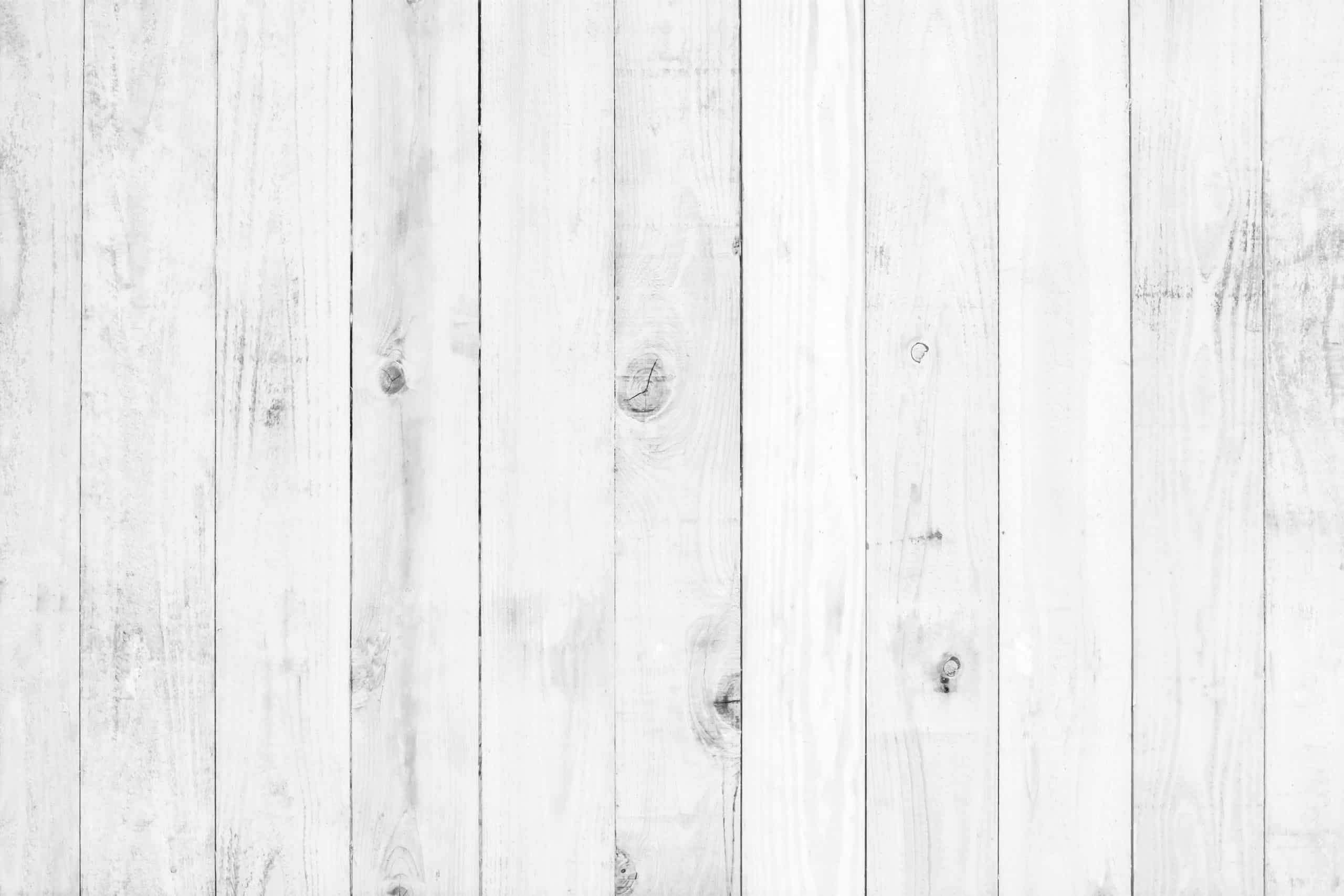
1. White Wood Stain Interior
Regarding interior design, whitewood stain offers a refreshing and classic look that can change any space. This type of stain is designed to preserve the pure beauty of the wood while giving it a light and airy feel.
Whitewood interior applications are suitable for various wood types like pine or maple. By applying a white stain, you can achieve a fine appearance that complements both modern and traditional interiors.
Wood stain for interiors creates a soft, stylish finish that lets the wood grain shine through. White stains can make a small room appear more spacious and a dark room brighter by reflecting light effectively.
2. White Wood Stained Cabinets
White wood stain can breathe new life into your kitchen by changing cabinets into a centerpiece. White wood-stained cabinets release a clean environment that matches various decor styles.
Whether you’re focusing on a farmhouse, coastal, or the latest look, this stain option can help you achieve it. It’s important to properly prepare and sand the cabinets before applying the stain for the best results.
White stain on cabinets creates a smooth appearance, making the entire space feel more inviting. It’s important to choose the right wood species, as different woods absorb stains as they can, affecting the final color. Regular maintenance and cleaning are essential to keep white wood-stained cabinets looking fresh and attractive.
3. White Stain Exterior
Applying white stain to exterior surfaces, like decks and fences, can provide a unique twist on traditional outdoor design. It offers a protective layer that shields the wood from the elements while maintaining its attraction.
White stain exterior applications are particularly popular in coastal and cottage-style homes due to their airy and pleasing personality. White stain for exteriors helps prevent moisture penetration, reducing the risk of rot and decay.
Regular reapplication is necessary to maintain the stain’s protective qualities and keep the exterior looking its best. The choice of wood matters for exterior staining, as some woods are more resilient and long-lasting than others.
Selecting the Right Type of Wood
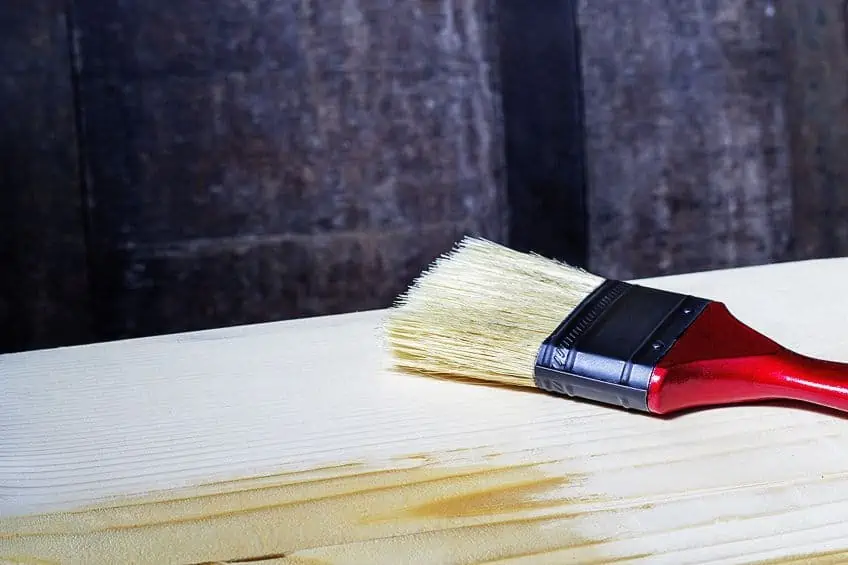
Achieving the perfect white-stained finish begins with selecting the right type of wood. While hardwoods like oak and maple are commonly used, softer woods like pine and cedar also take well to white staining. Use the wood’s natural color, grain, and intended use when making your choice.
Materials and Tools Needed
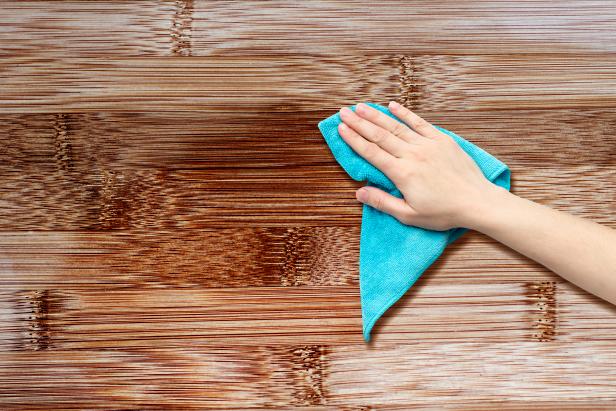
- Power sander
- Polyurethane sealer
- White paint
- 5gallon plastic bucket
- Vacuum
- Microfiber cloth
- Sandpaper
- Turpentine (or paint thinner)
- Broom
- Paintbrush (or paint roller)
Conclusion
All in all, this guide has given us a valuable understanding of white wood stains. We’ve learned that these stains are a great option when you want to increase the natural beauty of wood and create a light and airy environment in your space.
They come in water-based and oil-based varieties, each with its advantages. Remember, getting ready is important!
Before applying the stain, make sure to properly sand and clean the wood surface for the best results. Test the stain on a small, hidden area to see how it looks on your specific type of wood.
Whether you’re aiming for a peasant or modern appearance, wood stains offer style. They can be used on various wood projects, from furniture to floors and crafts.
So, if you want to add a touch of smoothness and brightness to your living space, think about using white stains.
With the insights from this guide, you’re now prepared to start doing white wood staining. Enjoy modifying your wood projects with this wonderful technique!

